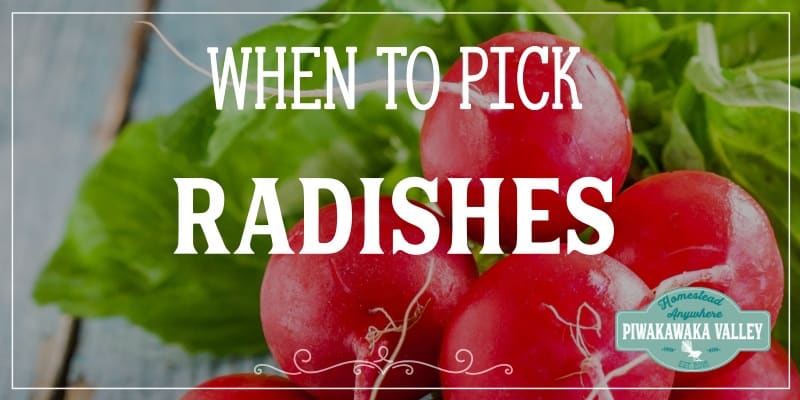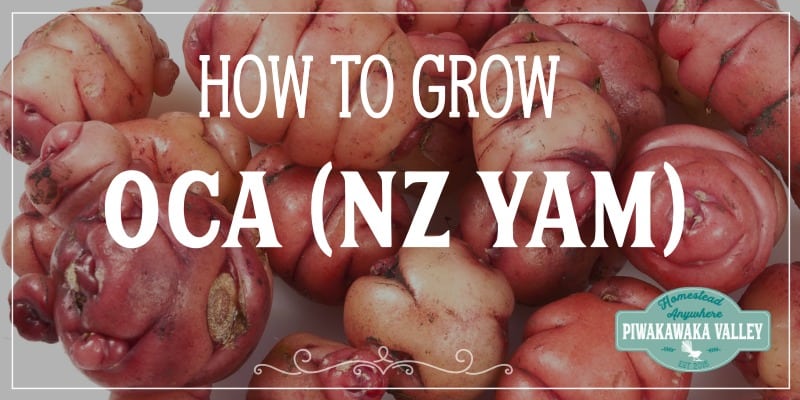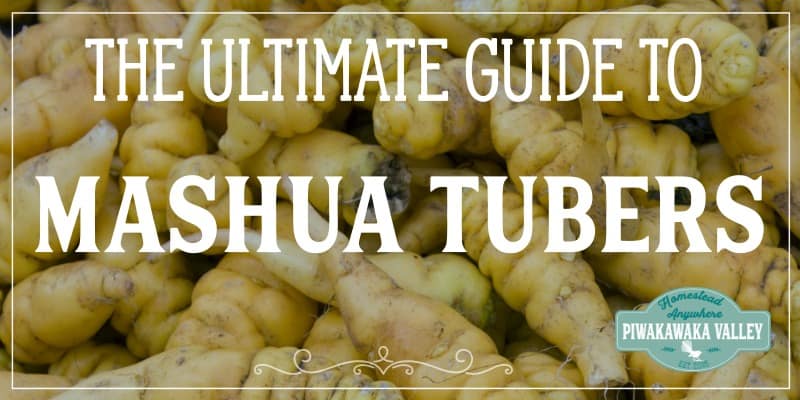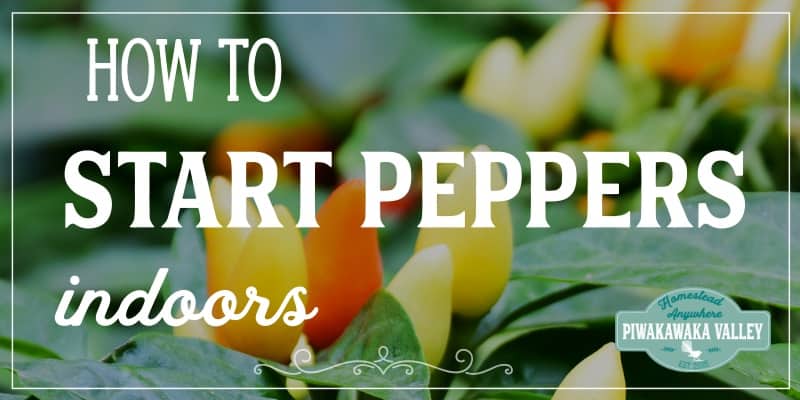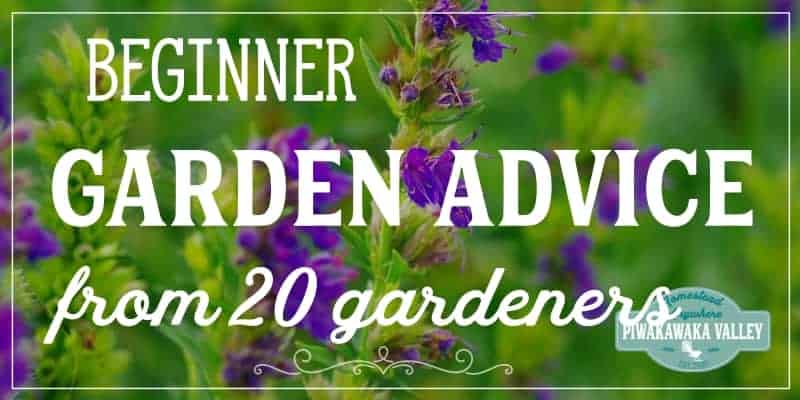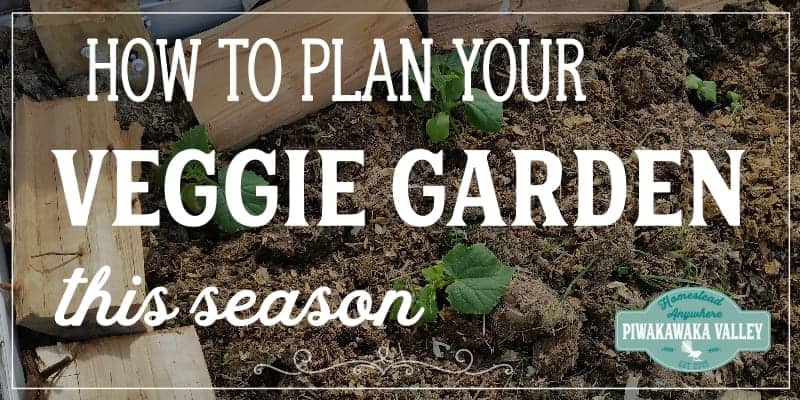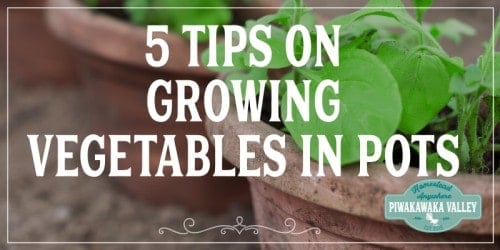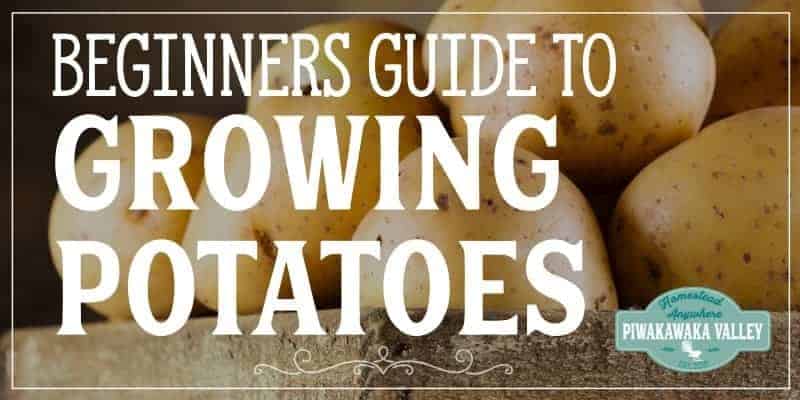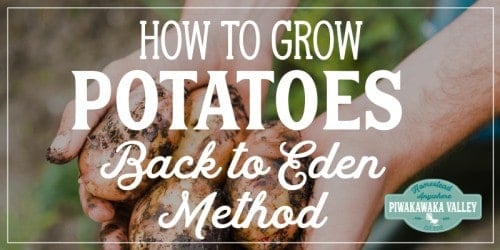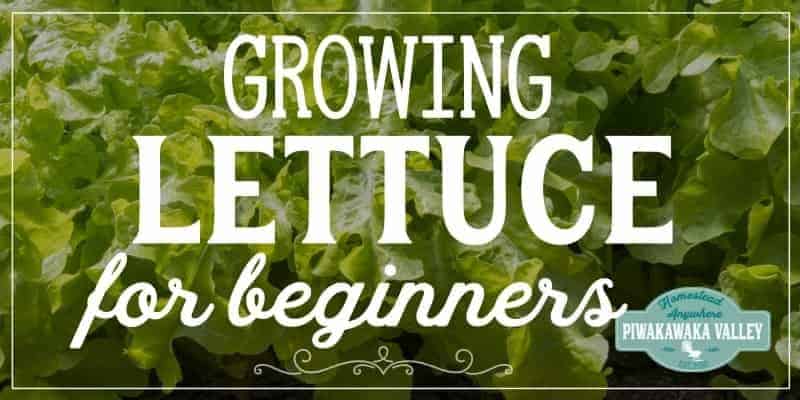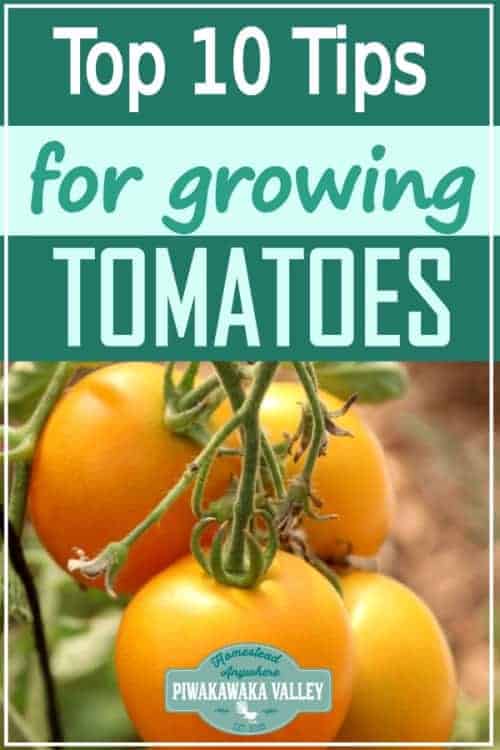This post was most recently updated on July 14th, 2020
When it comes to vegetable gardening, not much else can compare to the visual appeal and taste of tomatoes that are homegrown.
Please read: This information is provided for educational purposes only and is not intended to treat, diagnose or prevent any disease. We encourage you to make your own health care decisions in partnership with a qualified health care professional.
This post contains affiliate links, this means at no extra cost to you, we make a commission from sales. Please read our Disclosure Statement
The flavors of homegrown tomatoes, leave the store varieties far behind. You will also notice that growing your own tomatoes produce fruit that is sweet, plump and packed with flavor.
However, growing the best tomatoes does not just involve throwing a few seeds in the ground, giving them water every few days and hoping for the best.
Here are 10 top tips to help you grow the best tomatoes from home.
1. Start From Seed
Once you are able to master starting your vegetables and plants from seed, you are able to save a lot of money, while offering you with the opportunity to grow the varieties that you are interested in, rather than having to choose from the limited choices in your local garden centers.
A packet of organic certified tomato seeds costs around $3 to $4 and contain around 25 seeds or more. This means you are able to grow up to 25 tomato plants that will each produce a significant harvest within 2 to 3 months.
You are also able to explore the wide world of heirloom tomato varieties!
Read here for full instructions on starting tomatoes from seed.
If you are new to gardening, or want some support and knowledge getting a garden started, let me help you!
2. Start With Healthy Soil
When it comes to tomatoes, good soil is crucial. It is always a good idea to add a few scoops of compost to the holes that you have dug for your tomato plants.
Soil that has a rich concentration of compost is a secret weapon for any of the tomato growers.
Keep in mind that the organic materials are always better, as there is just no chemical substitute when it comes to traditional compost.
RELATED: How to turn bad soil in to AMAZING soil
3. Provide Plenty Of Sunlight
Growing the best tomatoes will begin with ample light. Tomato plants thrive on sunlight and they need a lot of it.
Tomatoes require 10 hours a day of direct light in the summer months. Or 10 to 14 hours of a bright diffused-light when they are seedlings.
RELATED: Why aren’t your tomatoes growing right?
4. Bury The Stems
Generally when you are planting out seedlings you are told specifically NOT to bury the stems in case they rot and the plant dies.
However, the tomato plants have fuzzy stems which have the ability to develop additional roots when planted into soil.
Deeper and larger root systems will translate into less fertilizer and watering, along with plants that are healthier and fruit yields that are larger.
Here are the steps to follow when the tomato seedlings are ready to transplant:
- Cut away the plants lower branches, leaving behind just the top branches along with the plant’s growth tip.
- Prepare a trench that is big enough to lay the seedlings sideway, while leaving enough space so that the 1st stems of the seedlings are 2 to 3 inches above the surface of the soil. When you plant your seedlings sideways, this assists the plants with developing deep vertical roots. This can be particularly helpful when your seedlings are leggy.
- The next step involves laying the plants sideways and burying the stems. Before you plant the seedlings add an organic compost or worm castings into the holes.This will give the plants biological fertility through beneficial microbes which help to protect the tomato plants from a variety of pathogens. Avoid using the synthetic nitrogen-rich fertilizers as these are not great for the soil in the long run and can also make your tomato plants more attractive when it comes to pests.Once the trench is prepared with a microbe-rich media, you are now ready to bury the plants and the stems an inch or two below the plants first branches.
RELATED: Blossom end rot and what you can do about it
5. Support The Stems
The branches of a tomato plant can become extremely heavy as the plant starts to grow. You can support your stems on stakes by using “free” tomato ties.
To do this cut up a pair of stockings (nylon) into small strips, using a figure 8 tie which will support your stems as they are growing. These ties are flexible and will not cause any damage to the stems.
Personally, I prefer to grow my tomatoes up strings. I bury the strings in the ground when I plant the seedling, and tie the top of the string to the supports in the tunnel house.
Then I use these string clips to attach the tomato plants.
6. How To Water Your Tomato Plants
The best way to water tomato plants is to only provide water to your soil and not the actual plant. The stems and the leaves hate water and up-splashing will cause fungal diseases.
It is also best to water the soil a little but often. This will encourage steady growth and will help to stop the fruit from splitting.
Drip irrigation systems are the best for tomatoes. I like this one, or check out our grey water system.
RELATED: How to water your veggies the right way
7. Pruning
Pinch off the shoots that start to develop between the main branches and the stems. These take up energy that is valuable from the fruits that are developing.
You should also cut the top part of the plants off when you are growing outdoors. Once 6 trusses of tomatoes have set is the best time to prune off the top of the plant. This will assist the plant in focusing its energy into the growing fruit.
RELATED: How to prune tomatoes to increase your yield
8. Pick The Leaves Around The Tomatoes
When your tomatoes have reached their full size, but are still in the process of changing color, pick off the leaves around the fruits.
This will ensure maximum exposure to sunlight, an increase in airflow, along with lowering the chances of diseases.
9. What To Plant With Your Tomatoes
Onions, garlic, and basil work extremely well in the garden as well as in the kitchen. When you grow these plants together they help to repel certain types of pests like nematodes.
Check out our list of companion plants
10. Harvesting
Depending on the type of tomatoes you have chosen, when the fruit is ripe it might be red, purple, yellow, orange or a variety of in-between shades.
If you want to prevent bruising and splitting, pick earlier and then allow the tomatoes to ripen indoors on a counter top.
You also have the choice to allow the tomatoes to naturally ripen, and then harvest them when you are ready to eat them this will give you the most intense and sweetest of flavours.
If you would like help getting the most out of your garden, I would love to help you, find out more here
RELATED: Free Gardening Resources
If you like tips on frugal living, self sufficiency and consuming less, sign up to our newsletter below, I would LOVE to have you
For further reading, I also recommend all of these books. I own every one of them and they are amazing resources!






